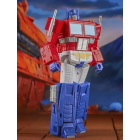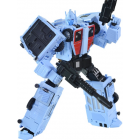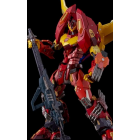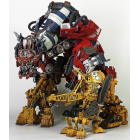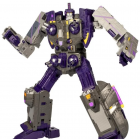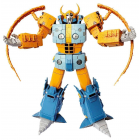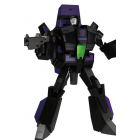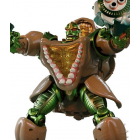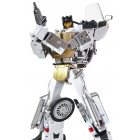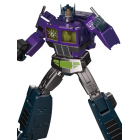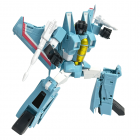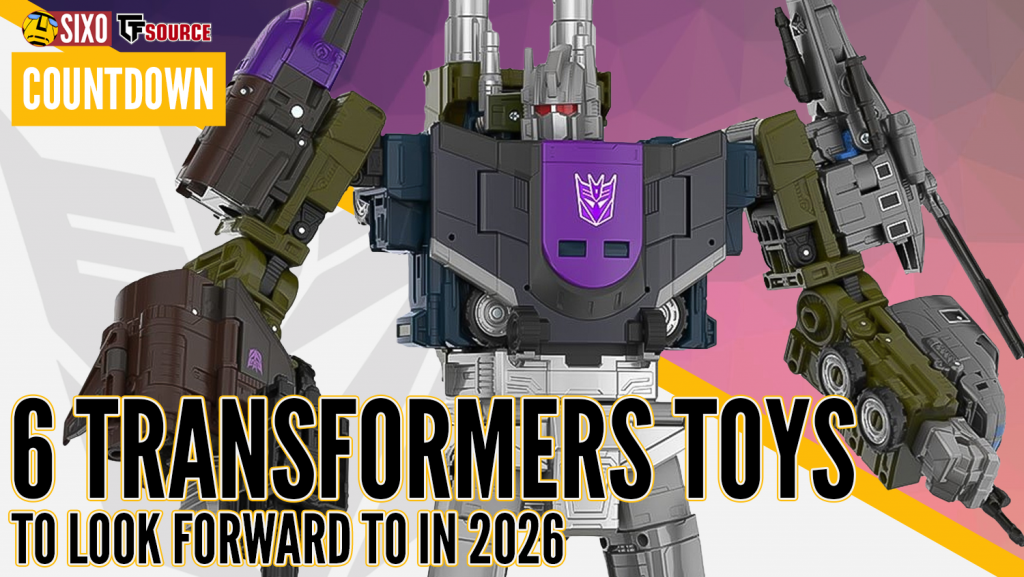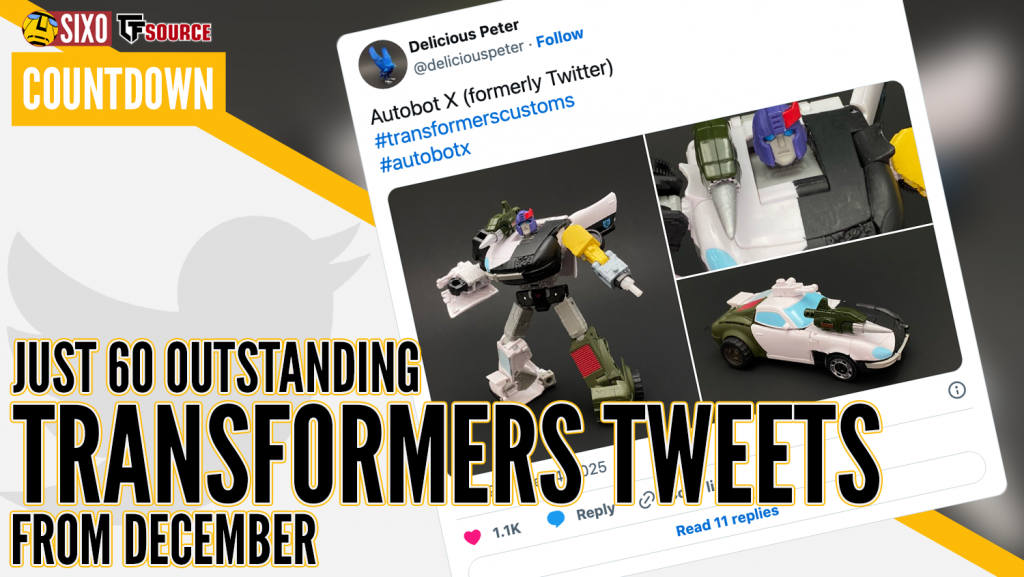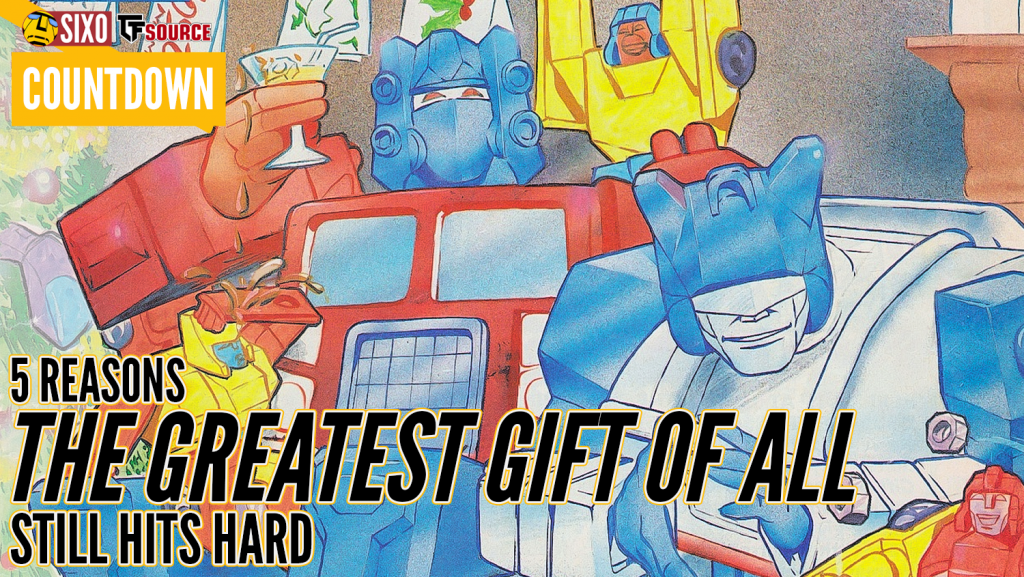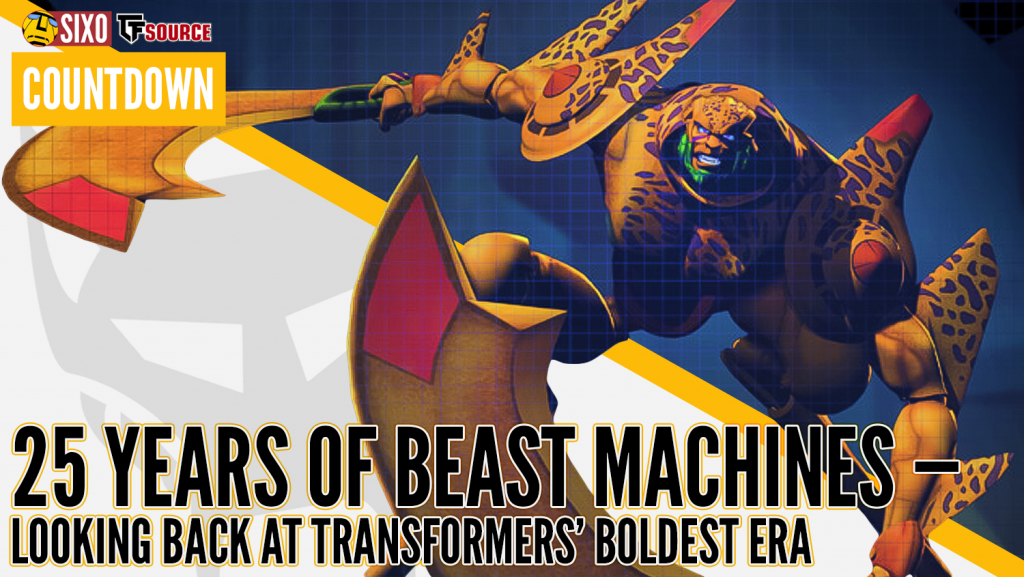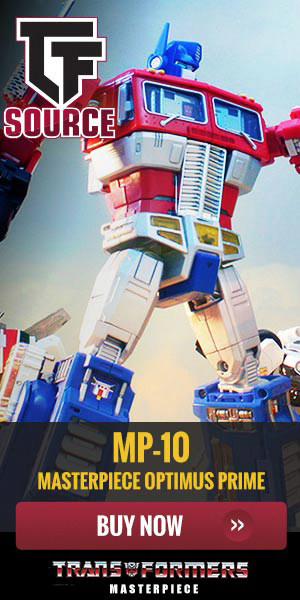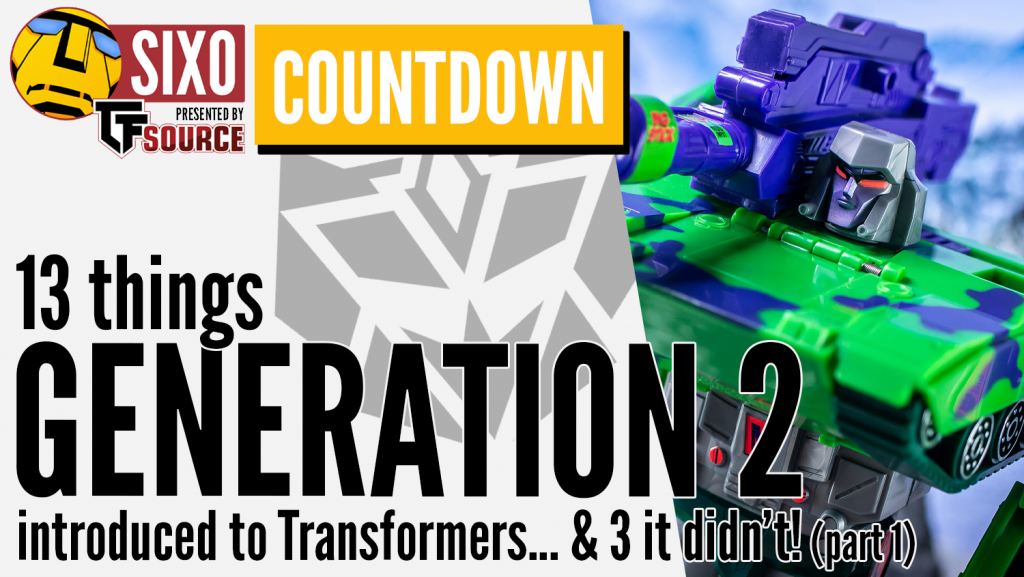
There’s much to adore about the infamous 1990s robots in disguise series, with all its ‘of the time’ styling and quirky gimmicks. Yet despite that, G2 tends to come in for a bit of a drubbing when being considered as part of the franchise’s continuing history, which is a shame as it brought a surprising amount to the table!
So today, let’s look at some of the many fantastic elements introduced to the Transformers toyline during G2. And yes, we’re specifically looking at the toys here. Shades at the ready!
#13: Repaints of classic toys

First up is one of the more obvious points, yet it’s crucial to note that the now all-too-common practice of slapping a brand new colour scheme on an already-existing toy design essentially began here. That’s not to say there weren’t repaints during Generation 1, of course. However, when you actually sit down and think about it, there really weren’t all that many (and especially not if you remove the Seekers and Japanese repaints such as Twincast and Soundblaster from the equation). In fact, G1 was amazingly repaint-lite, leaving G2 to fully introduce the practice by overhauling all manner of classic moulds with fresh new paint jobs, such as the likes of Jazz and Sideswipe.
#12: New alternate modes for classic characters

As well as newly-coloured versions of existing moulds, G2 also brought in updated designs for various characters and gave them wholly new toys to boot. Again, this had happened during G1 (although, as before, it was surprisingly sparse!), but every example there stuck to the pre-existing template and gave the character in question the same alternate mode they’d always had. Optimus was still a truck, Jazz and Bumblebee were still cars, Starscream was still a jet, and Grimlock was still a T-Rex (yes, those are the only examples outside of Action Masters!). So it was a big shake-up to see Megatron overhauled and now turning into a tank in the first year of G2 – a development that undoubtedly paved the way for many more such updates to happen over the coming decades!
#11: Multiple colour schemes for individual moulds
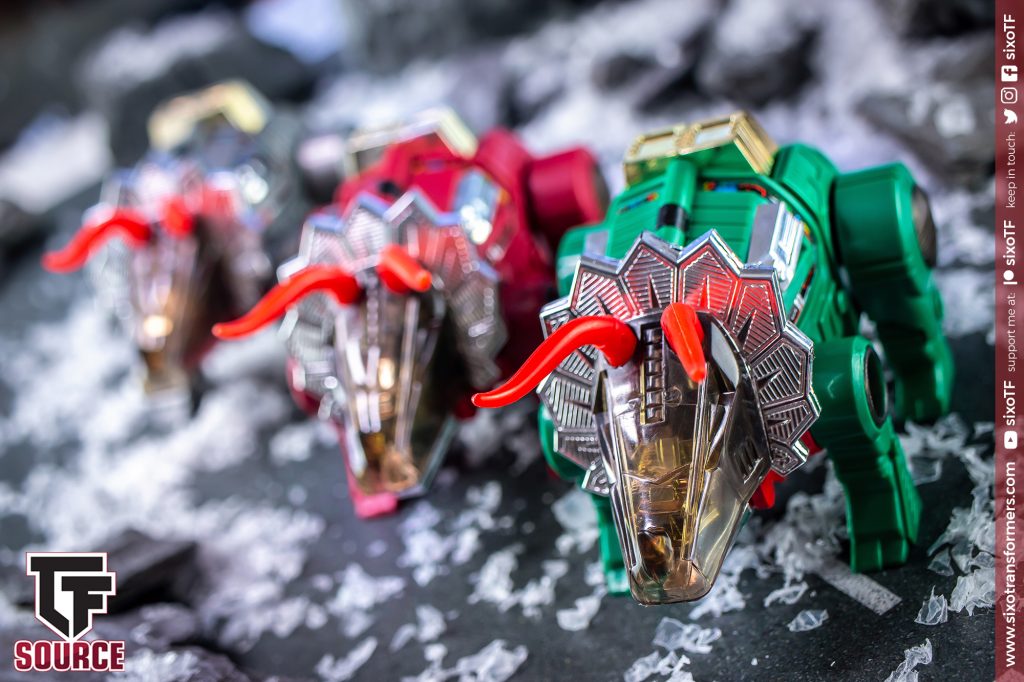
We’ve already mentioned updated colour schemes for existing moulds, but how about the fact that G2 did it several times over in some cases, and often all at once? Take the Dinobots as the most pertinent example, as they were released in no less than three separate shades back in 1993. Nowadays, it’s not unusual for some toys to have several options like this but back then? Well, it had never been done before! There would have been more if they hadn’t been cancelled.
#10: New faction symbols
OK, this is also to do with the packaging, but Generation 2 was the first time in the Transformers toyline that the classic faction symbols were replaced with new designs. Sadly, the toys themselves didn’t always feature these outside of the distinctive tampos of the time (before they eventually stopped bearing the symbols altogether, in a bizarre move!). Still, the insignia were front and centre on the boxes to the very end, letting you know these were definitely not your father’s Autobots and Decepticons.
DIDN’T INTRODUCE: Crazy colour schemes!

Right, time to talk about some of the stuff that G2 *didn’t* introduce to Transformers, despite it often having a reputation for doing so. Perhaps most obviously, you can barely reference this era of toys without someone making a mention of ‘crazy colour schemes’ or the like. In reality, whilst there were examples of this being true, the line as a whole was only slightly more colourful than what we’d already seen throughout the majority of Generation 1 (and I’m not just talking about the latter-day European-exclusive bit, either). Ironically, the most notorious examples of G2 being so eye-gouging were toys such as the pink and green Mirage that never actually made it to release.
#9: Auto-transforming gimmicks
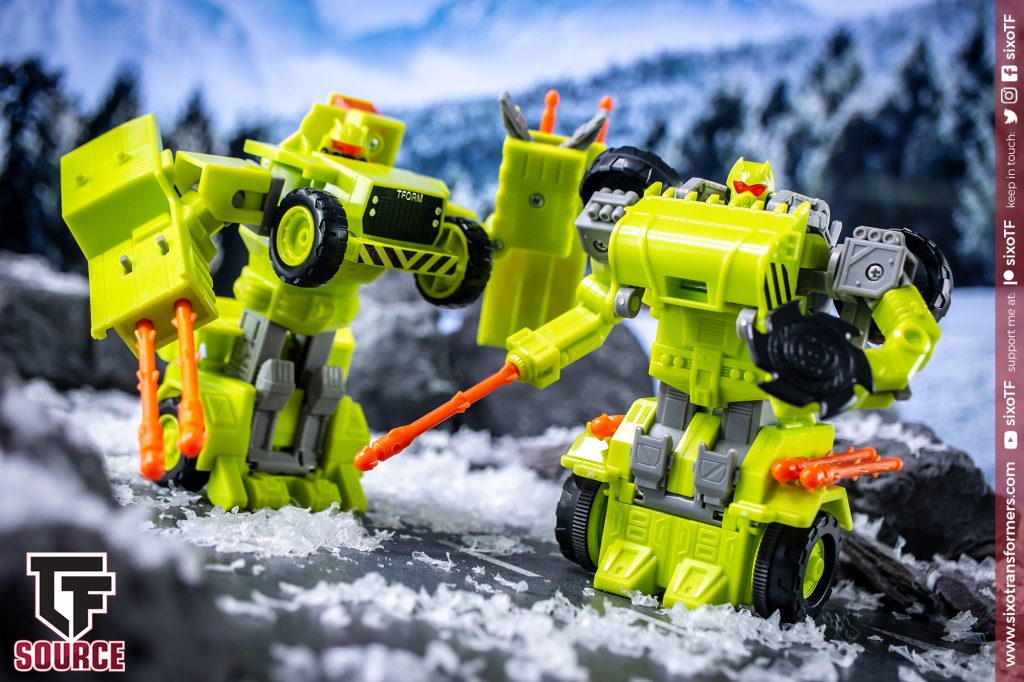
I am certain that some people reading this list might choose to get a little nitpicky with me about some of the entries, and no doubt this will be one of them! Yes, there were examples of auto-transforming gimmicks during G1 (including the Jumpstarters and Battlechargers). However, G2 honed this idea in several ways, all of which were unique and brought something new to the table. First up, you have the Autorollers, who could be converted back and forth by rolling the wheels along the floor. More crucially, the design of the flipchanger gimmick also dates back to G2, with the moulds that would go on to find life in Machine Wars (and later Car Robots/ RID 2001) initially planned for release at this time. Flipchangers would become an absolute staple of the Beast Wars era, although arguably, it’s still something first associated with G2.
#8: Light-up features
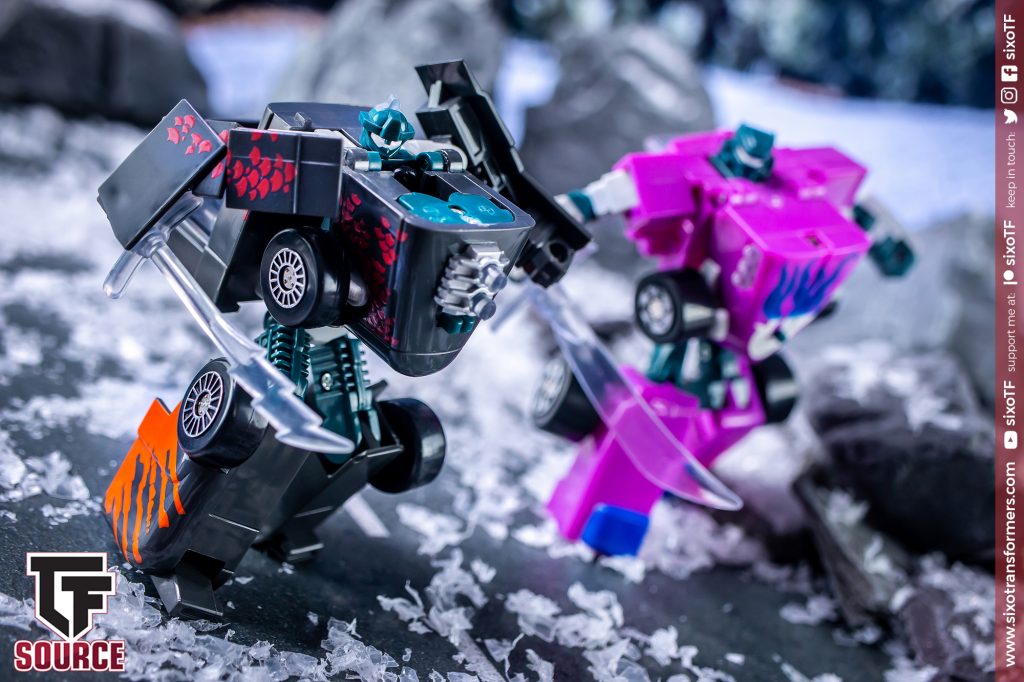
Like auto-transforming, there were indeed examples of light-up features seen in G1 (with 1986’s Galvatron being the most obvious). Again though, they were very few and far between, mere oddities if anything, leaving it to G2 to popularise the idea and make it more commonly associated with the franchise. It’s also about how LEDs were employed during G2, with sublines such as the Laser Rods featuring light-up engines and swords in a manner not seen before. The toys were also notoriously expensive for their size, showing how unusual such gimmicks were at the time.
#7: Ball joints

Even if you fancied quibbling one or two of the entries here, there’s no disputing this one! Yep, Beast Wars may often get the accolade for introducing more advanced articulation to Transformers, but in truth, this trend began in G2, where fully ball-jointed limbs of this kind were first employed (after only a fleeting use of such joints on specific examples in G1). Most notable are the Cyberjets, which added a level of poseability not previously seen in Transformers and paved the way for everything we were about to experience in the subsequent era. It’s no surprise that these designs have become so commonly used since (popping up for repaint potential many times over the years), given how articulated they are even by today’s standards.
Be sure to check out part 2!
TTFN


